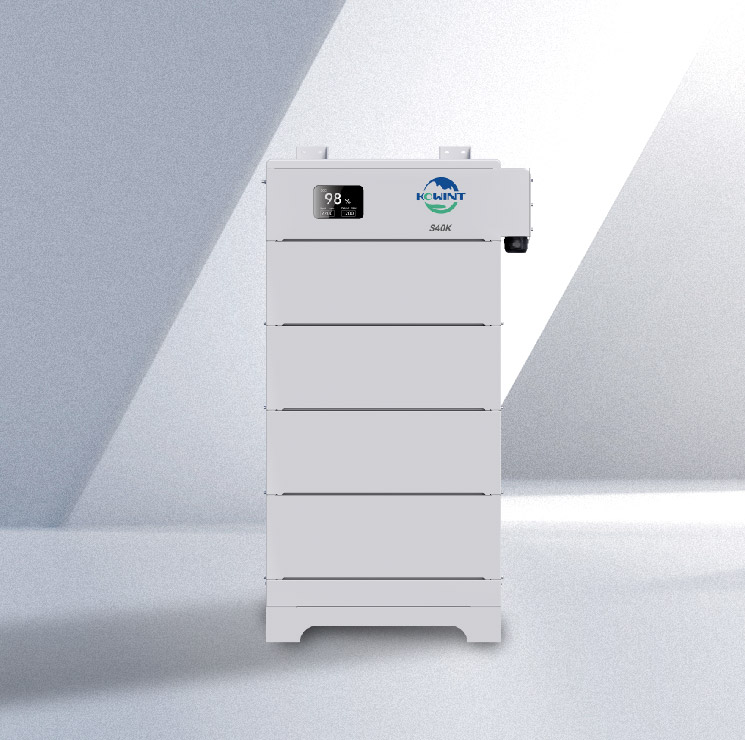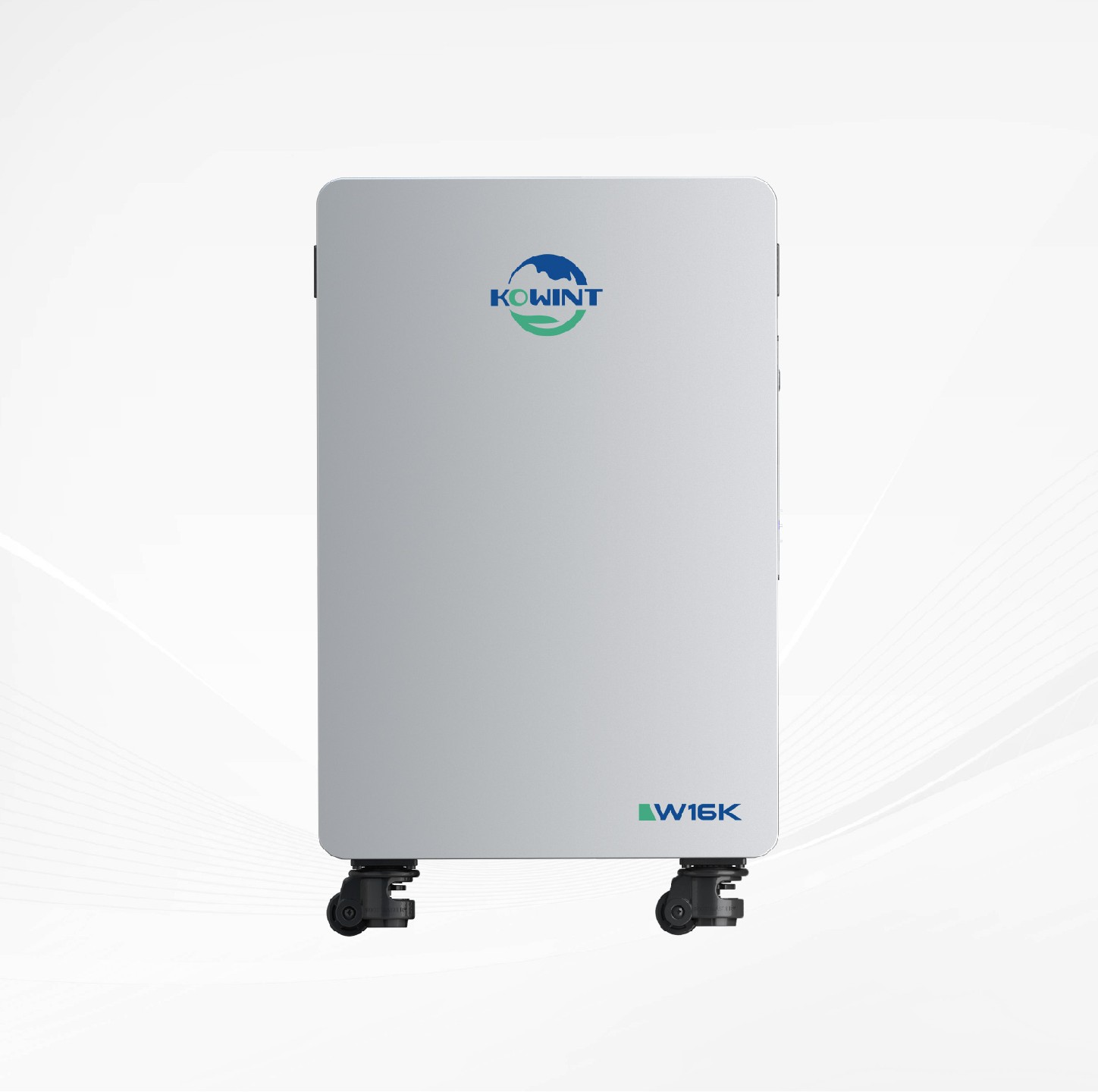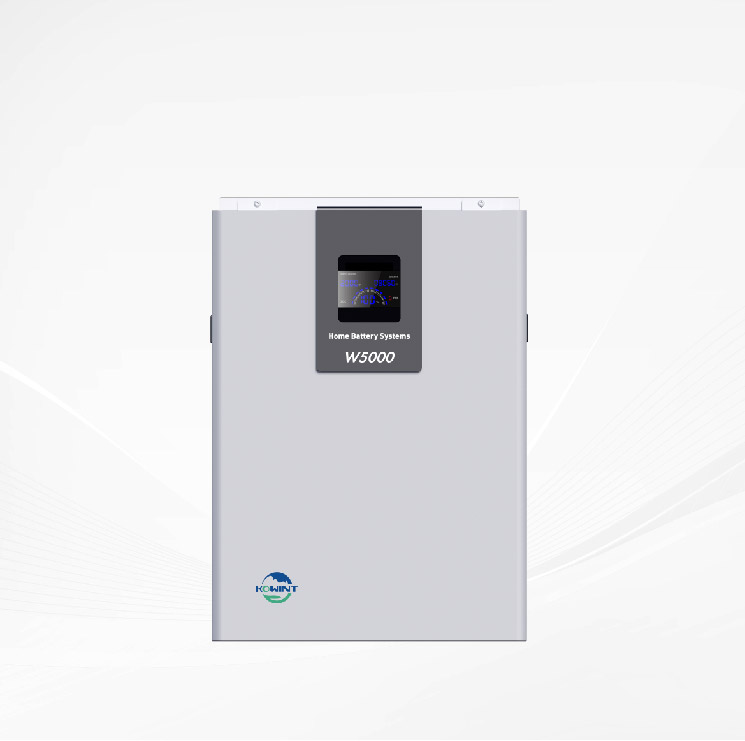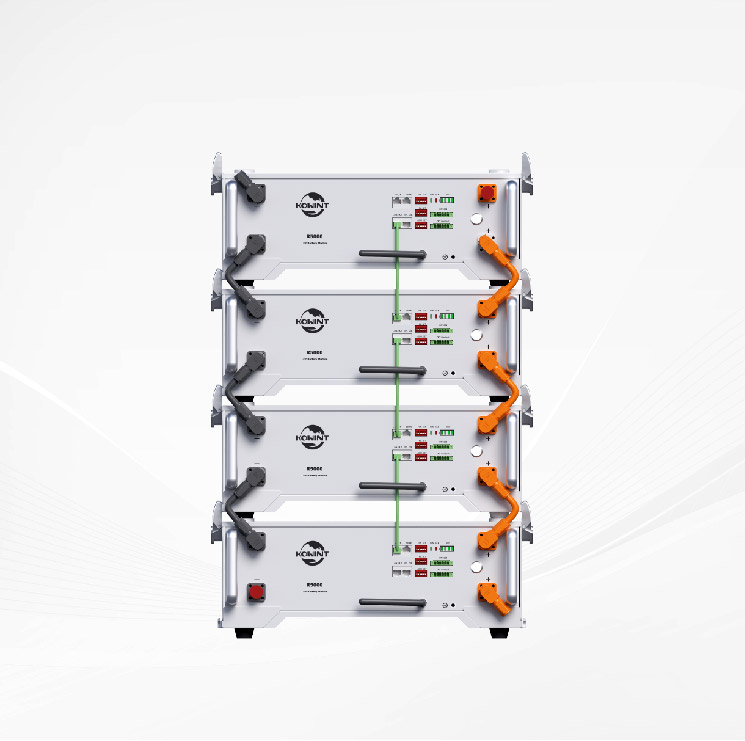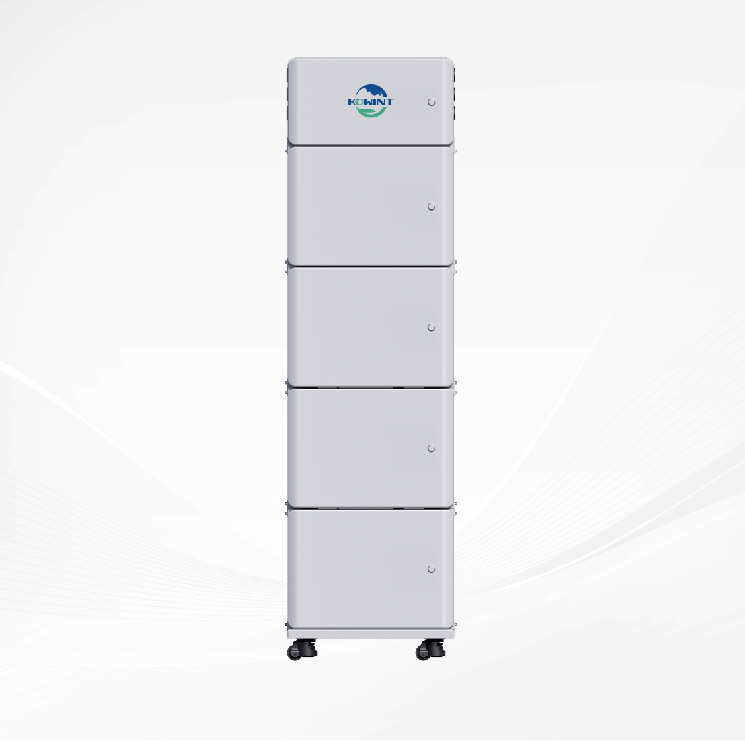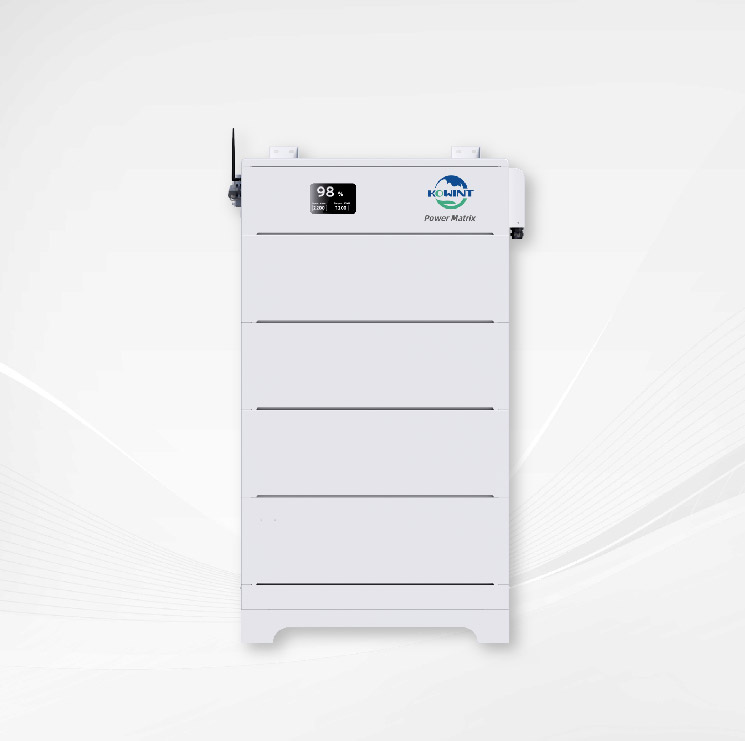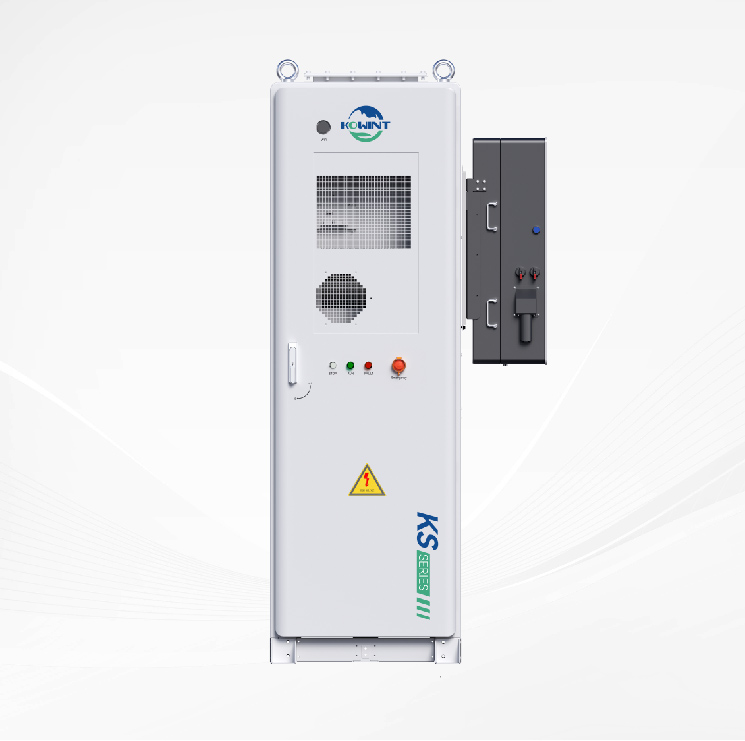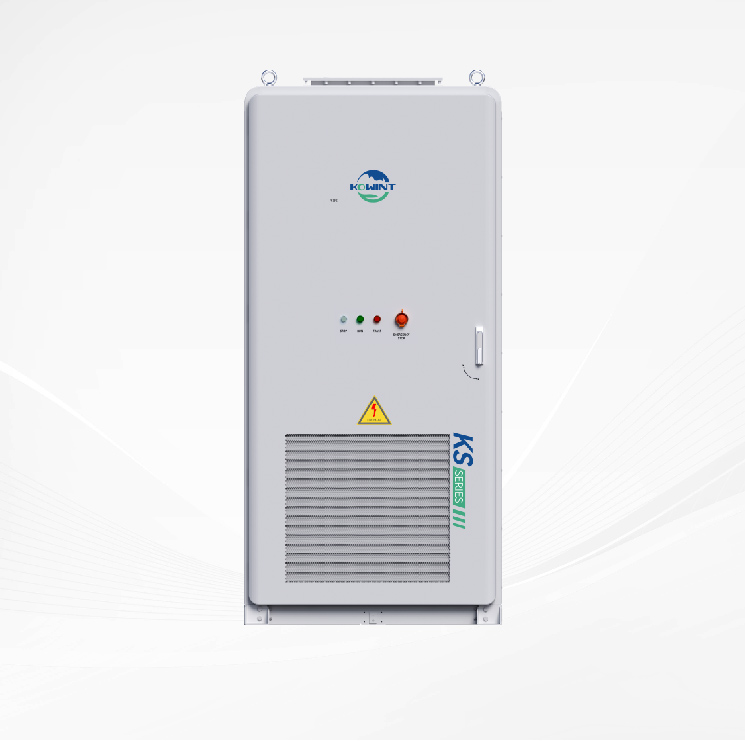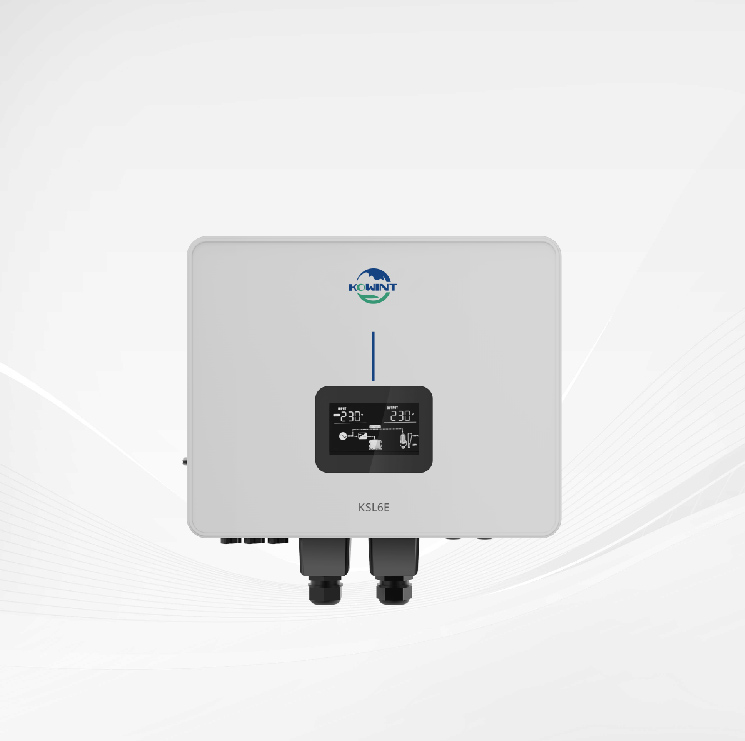Explaining the role of renewable energy storage
The transition to net zero carbon emissions relies heavily on renewable energy since it lowers reliance on dirtier fossil fuels.
However, there is a growing need for devices that can absorb and store this renewable energy as the globe increasingly relies on them to power its economies.
For what reason should clean energy be stored?
Since hydroelectric power is subject to seasonal river flows, solar power depends on the quantity of daylight, and wind power depends on the consistency of the wind, the amounts generated by renewable energy sources are inherently unpredictable.
Similarly, energy demand fluctuates throughout the day and year as people's habits dictate varied consumption patterns.
Therefore, it makes sense to store the excess energy created from renewable sources when the amount of energy generated is more than the amount of energy required.
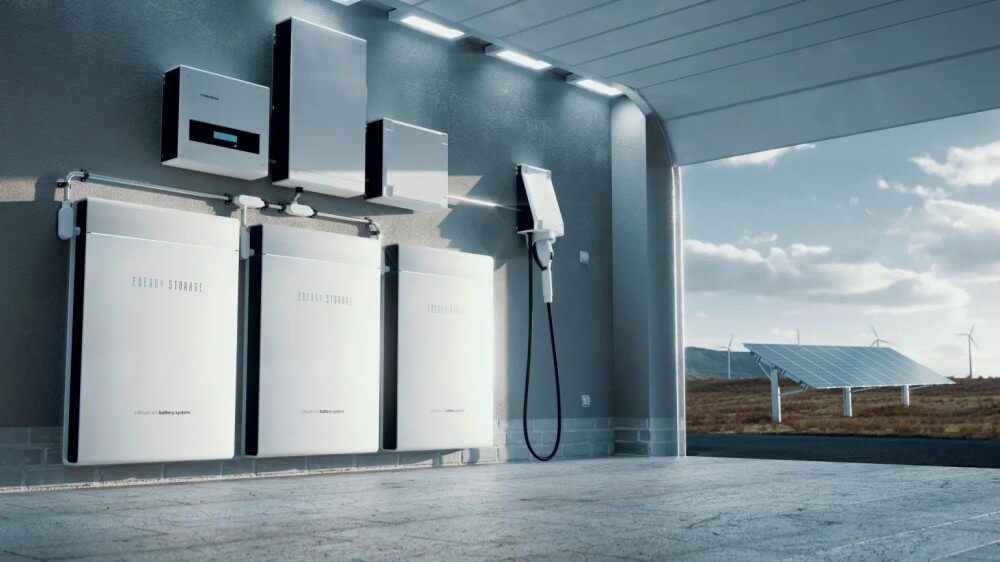
Clean energy storage facts
A reliable, low-carbon electric system depends on energy storage. It lets us generate clean power when it's plentiful, store it for use when it's needed, and then feed it back into the power system. Just like refrigeration revolutionized how people consumed food, energy storage can transform how we utilize energy.
l There will be 11,071 MW of battery storage in the United States by 2023, up from 47 MW in 2010.
l From about $1,300/kWh in 2010, the price of a lithium-ion battery pack has dropped 88% to an estimated $151/kWh in 2021.
l Large-scale battery storage capacity is expected to increase from 1 GW in 2019 to 80 GW in 2030.
When trying to get to zero emissions, how would storing renewable energy help?
Unlike fossil fuels, renewable energy provides clean power without creating greenhouse gases (GHGs) as a waste product. Renewable energy storage and use reduces the need for fossil fuels (which release additional greenhouse gases) to power the system.
what other ways may renewable energy storage be advantageous?
The ability to store this energy is advantageous since it reduces the waste of renewable sources.
It is possible for renewable energy sources to produce more electricity than is immediately required. The chance to produce clean electricity is lost if renewable producers are forced to reduce their outputs to keep the system 'balanced,' in other words, when electricity supply matches demand.
The ability to store energy means that renewable power sources can keep producing electricity even if there is no immediate need for it.
Renewable energy storage technologies
Renewable energy can be stored effectively through the use of energy conversion devices.
The various methods used to store electricity generated from renewable resources include the following:
Energy storage via pumped hydroelectricity
Energy is stored in the form of gravitational potential energy of water through the process of pumped hydroelectric energy storage, or pumped hydro. When demand is low, extra electricity from the grid is used to pump water up into a higher reservoir. When more power is needed, the water is allowed to flow through turbines and into a lower reservoir, where it generates hydroelectric power for the grid.
Storage of energy with electrochemical batteries
Electrochemical batteries store energy by separating positive and negative charges in rechargeable cells. Improvements in the storage of electrochemical energy can take several forms:
l Lithium-ion battery storage
Massive lithium-ion batteries are being developed by the government and private companies to store energy during periods of excess production. Lithium battery technologies are varied, meeting individualized demands for adaptability, modularity, and compactness. However, these batteries do eventually wear out and create new difficulties for fire prevention officials.

So far, the Moss Landing Energy Storage Facility in California has been the world's largest battery energy storage system. In January of 2021, the plant began operating its first lithium-ion battery with a capacity of 300 megawatts, consisting of 4,500 battery racks stacked on top of one another.
l Storage in a Flow Battery
The "cells" of flow batteries are made up of two charged liquids that are partitioned off by a membrane. In order to store energy effectively, excess electrical energy is needed to "reduce" the liquid charge state of one and "oxidize" that of the other. The procedure is then switched around to allow for low-loss electricity recovery.
The batteries are able to store substantial amounts of energy for extended periods of time and to be cycled repeatedly without degrading due to the continuous reduction-oxidation process, also known as redox flow. However, their overall project footprint is quite enormous.
Energy storage via thermal and phase transition processes
Although not confined to renewable energy, storing excess energy as heat for extended periods of time presents a significant opportunity for business, particularly in sectors where fossil fuels are burned to generate process heat, such as the production of food and drink, textiles, and pharmaceuticals.
It is possible to store heat by liquefying rock or by superheating sand and water mixes. Technologies that can store thermal energy include:
l Liquid-to-air transition energy storage
Air is cooled to the point of liquification using surplus grid electricity. Afterwards, the 'liquid air' is converted back into gas using either the surrounding air or the waste heat from the system's energy generation. The resulting pressure increase can be used to drive turbines, which generate electricity on demand.
l Thermal sand batteries
Power can be stored in this'sand battery' for months at a time, and it was created and installed by scientists in Finland. The gadget is powered by renewable energy sources such as solar or wind to generate heat, which is then used to preheat low-quality sand. The 500°C sand can be used to heat homes in the winter, when electricity is more expensive.
Storage of mechanical energy
Highly compressed gasses, raised heavy masses, or quickly rotating kinetic equipment can all be used to store energy in this way.
Here are some examples of mechanical energy storage systems:
l Energy storage using compressed air
In order to meet the fluctuating energy needs of cities and businesses, compressed air energy storage has been present since the 1870s. The technique includes using surplus electricity to compress air, which may subsequently be decompressed and fed through a turbine to generate electricity when needed.
When utilized in tandem with a wind farm, this storage technology can draw in air and create a high-pressure system in a network of massive underground chambers. The pressurized air is then released to power turbines or generators when wind speeds decrease or electricity demand increases.
l Gravity storage
A 'gravity battery' can store energy in the form of gravitational potential by using surplus grid electricity to lift a heavy object, like a block of concrete. If an electric generator is needed, the mass can be decreased, releasing the potential energy stored there.
Pumped-storage Since water is discharged from a greater height in hydroelectric plants, this method can be classified as a form of gravity storage.
l Energy storage with flywheels
Flywheels are a type of energy storage device that convert unused electrical energy into mechanical energy in the form of rapidly spinning, very heavy wheels. To prevent energy waste, a magnetic field holds the wheels in a frictionless vacuum, allowing them to be spun and controlled to generate electricity as needed.
Direct electrical generation via contactless induction, low maintenance requirements, a long service life, and minimal environmental impact are just a few of the ways in which this technology excels above more traditional forms of energy storage.
l Electrical energy storage using pumped heat
Pumped heat storage uses surplus electricity to power a heat pump that moves heat from a 'cold store' to a 'hot store' - similar to how a refrigerator works. The energy can be recovered by switching the heat pump to go from the hot storage to the cold storage. The resulting mechanical work is utilized to fuel a generator.
Compared to other forms of storage, this method is advantageous since it responds quickly (within minutes).
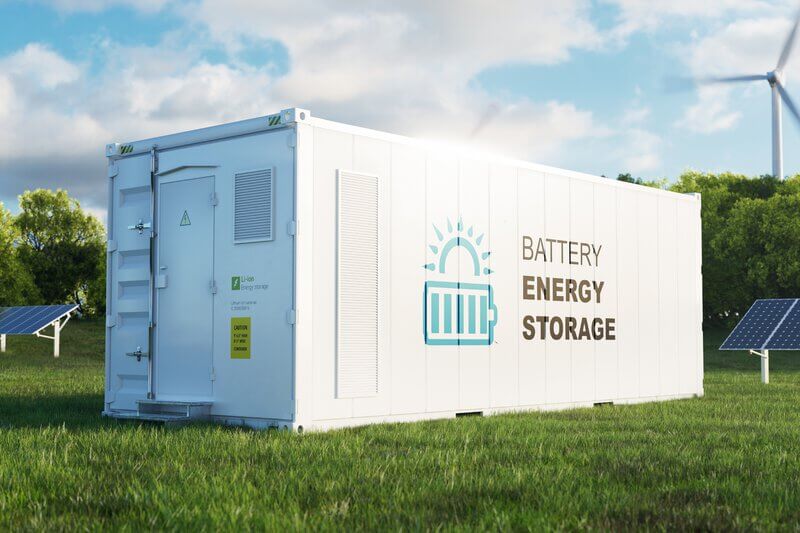
Electrolysis of hydrogen
Hydrogen gas is produced via electrolysis of hydrogen when an excessive electrical current is sent through a chemical solution. This hydrogen gas is then compressed to be stored in underground tanks. The hydrogen can be utilized to power generators in emergency situations.
Hydrogen can be kept in a variety of physical forms, including gas, liquid, and solid adhesion. As a gas, hydrogen storage requires high-pressure tanks, while liquid hydrogen requires storage at cryogenic temperatures to avoid it boiling back into a gas. Hydrogen can also be retained by adsorbing it to a solid's surface or being absorbed by it.
It is also possible to safely store significant quantities of green hydrogen with the development of underground hydrogen storage technology that can re-infuse the geology of the earth.


 Residential Energy Storage System
Residential Energy Storage System Commercial & Industrial BESS
Commercial & Industrial BESS Residential inverter
Residential inverter